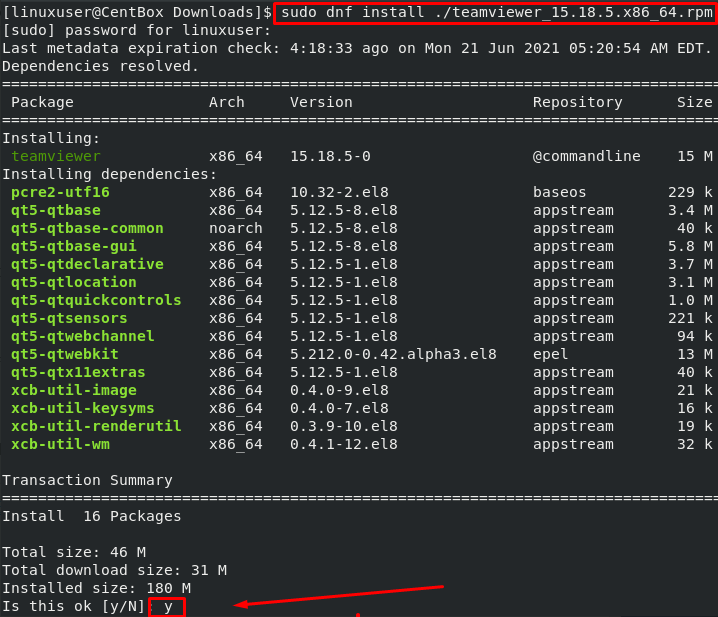

Tar -xvf /tmp/rpmdb.tgz # now your online system pretends to have the rpm database from the offline system. Scp /tmp/rpmdb.tgz your online system replace your rpm db with the one from the offline system: cp -r /var/lib/rpm # back up your rpmdb from your online system. offline: your system that is not connectedĬompress your rpm database from the offline system and transfer it to the online system: cd /var/lib/rpm/ On Red Hat-based systems, and other systems that use the RPM package format, you can either download and install RPM packages or use the Yum package manager.If the package depends on other packages that are not installed on the system, rpm will display a list of all missing dependencies. The -v option tells rpm to show verbose output and -h to show the hash marked progress bar.

In the example below we’re installing the Chrome Browser : sudo yum install google-chrome-stablecurrentx8664.rpm sudo dnf install google-chrome-stablecurrentx8664.rpm Both yum and dnf will resolve and install all the package dependencies. To install an RPM package use the rpm -i command followed by the RPM package name: sudo rpm -ivh file.rpm. online : your system that is connected to the repositories To install local rpm packages with yum or dnf, use the install command, followed by the path to the file.There is a way, but it is quite tricky and might mess up your servers, so be very careful. Import the Elasticsearch GPG Keyedit Installing from the RPM repositoryedit Download and install the RPM manuallyedit Start Elasticsearch with security.


 0 kommentar(er)
0 kommentar(er)
